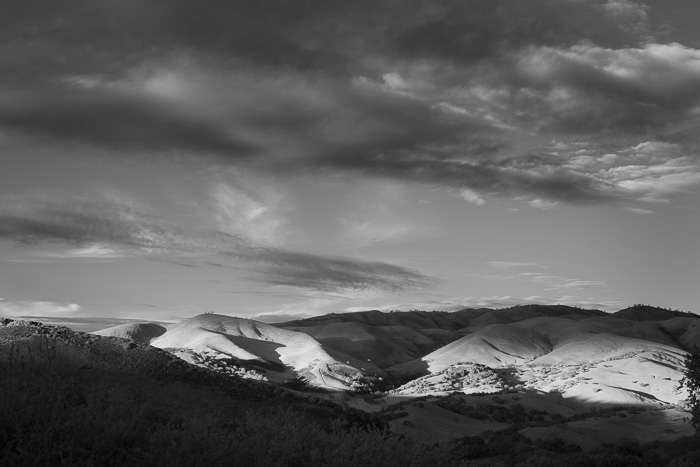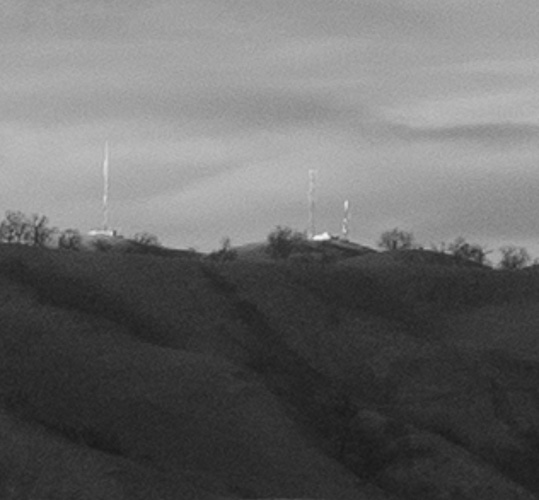From the mailbag:
I was pleased to see a posting on your site regarding the use of the CO60/4 for IR. I have been using the Zeiss 25/2.8 ZF-IR lens for my 830nm conversion and have recently been considering either the 50/1.4 ZF-IR or the CO60/4. If money weren’t a consideration then there would be no decision to make but unfortunately money is a consideration.
I know of a few people shooting with the CO60/4 but none of them are technical, methodical or critical enough to rely on with regards to comments to the lens performance in the IR region. “Sure,” they say, “It is a great lens and sharp in IR,” but what does that mean? Was that an image formatted for web-sized presentation or large sized print etc.
One of the points I have often tried to drive home to people with Red/IR conversions is image softness due to the wide wavelength range and the differing wavelength focus points. The usual response is “I don’t see a problem” or from those who are a little more technical, “You are being over analytical, it’s not an issue”.
So I was pleased to see this comment: “With the spectral response extending into the visible band, having a lens that can focus IR and visible light in the same place really provides clean images.”
Anyway, I have keenly followed your technical/”critical eye” postings over the last few years and was glad to see you were a CO60/4 user. I have seen a couple of your recent posts related to the CO60 but I don’t know how long you have had it. Have you performed any testing in the IR, particularly the 830nm conversion? One of my concerns, mounting it on a D800IR830, is the wide open aperture performance since diffraction is significantly worse at this wavelength. With regards to stitching for large prints, my concerns would be the edge sharpness and light falloff at f/4 and f/5.6. It also looks like this lens is not weatherproofed in anyway.
Any pitfalls or recommendations you can provide with respect to the use of this lens in the IR would be appreciated.
I haven’t done any rigorous testing on the Coastal Optical 60mm f/4. I have been using either a D55 LED source or a Xenon-tube studio strobe to illumination my slanted-edge target, and I expect that they don’t have much IR energy, although I haven’t tested that supposition. At the risk of getting my target really hot, I could use a 3000 K photoflood. Maybe I’ll try that. At least with the photoflood I can surmise what the illumination spectrum is, since it should act like a black body if the glass in the bulb is spectrally flat.
With respect to diffraction, I wouldn’t say that means that you have to use the lens wide open for IR work. The difference in aperture between blue light and 830 nm to hold the same resolution is two stops. The difference between green light and 830 nm is only one stop. If you get good-enough resolution at f/11 in green light, you should get the same resolution at f/8 in 830 nm light if the lens is diffraction-limited. Some earlier informal testing indicated that the sharpest aperture for the 60mm f/4 was f/8. That would argue that f/5.6 might be the sharpest aperture at 830 nm, if the moon and the stars aligned and everything scales with wavelength.
As a little teaser until I do the real testing, here’s an image I made last night, handheld with the a7, f/8 at 1/800 second, developed in Lr with default settings and default B&W conversion options:
And here’s a 2:1 blowup of a low-center area:


Leave a Reply